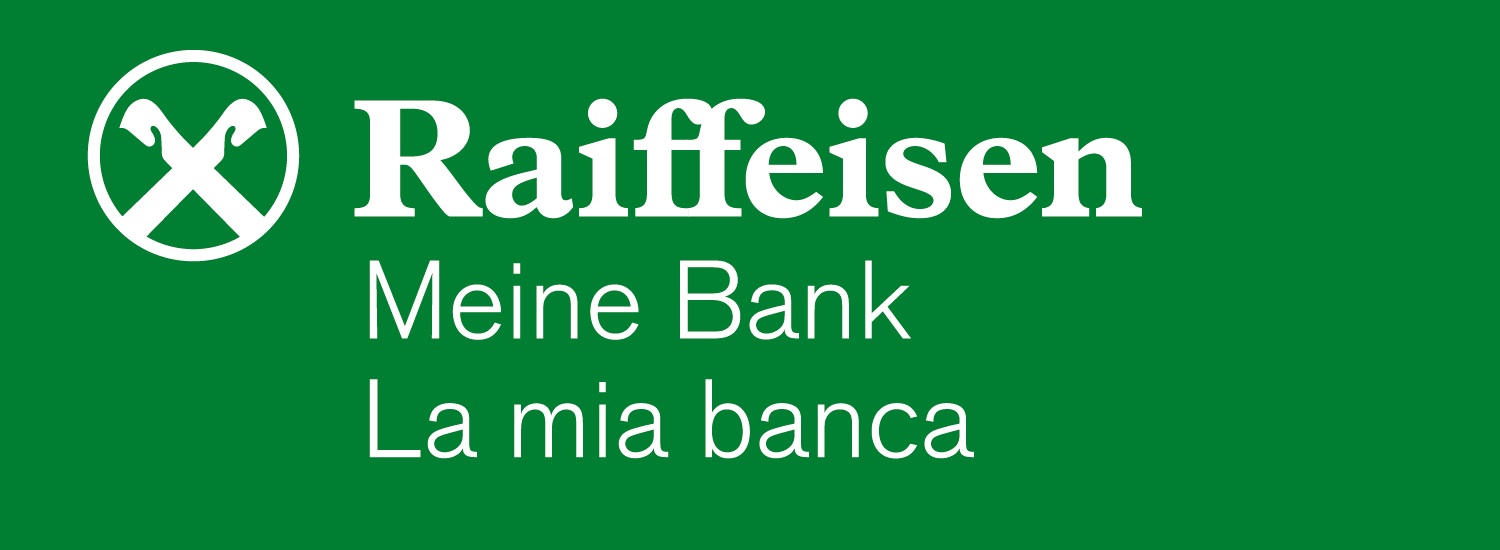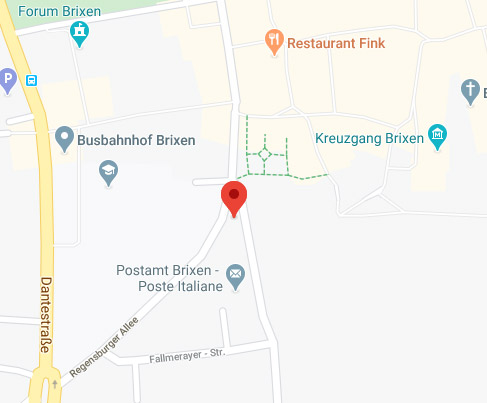The history of viticulture in the Eisacktal Valley is ancient. The earliest evidence of winemaking tradition in the Eisacktal Valley dates from the 5th century BC. During the early Middle Ages, local monasteries took up the practice of viticulture. For several centuries, viticulture in the Eisacktal Valley remained entirely in their hands. The Stiftskellerei Neustift monastery's winery still produces wine today, as it has since 1142.
Until the end of the 19th century, primarily red varieties were cultivated. However, since the climate in the Eisacktal Valley was primarily cool, the quality of these wines was not especially high.
Viticulture in the valley was stunted as a result of the outbreak of grape phylloxera around 1900, as well as the lack of suitable markets. The acreage grew increasingly smaller, and the yield often only enough for the farmers' own needs. The Bressanone/Brixen cirque was the only place where several vineyards immediately regenerated themselves after the huge loss. Consultants brought in from Würzburg recognized the area's great suitability for the cultivation of white grape varieties. They also brought their own main varietal with them, the Sylvaner.
In 1961, the real upturn occurred with the foundation of of cooperative organizations in Chiusa/Klausen and Bressanone. Other white grape varieties gained an increasing recognition, and the acreage devoted to viniculture once again increased. The elaborate terraces on the valley slopes were repaired and renovated, and once more came to shape the overall appearance of the local landscape. Expertise increased in both vineyards and cellars, and the quality and the reputation of the Eisacktal Valley wines grew to the same extent. The step towards independent cultivation and self-marketing by several winemakers contributed to the increased diversity and greater visibility of Eisacktal Valley viticulture.
Since then, the Eisacktal Valley has achieved a reputation as one of the best white wine regions in Italy.





